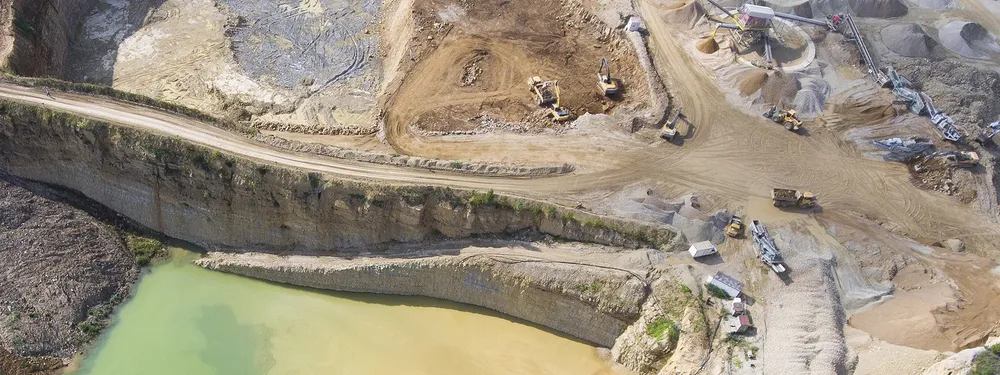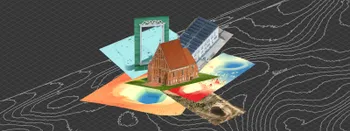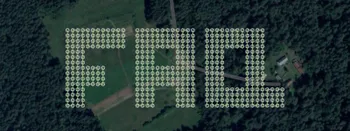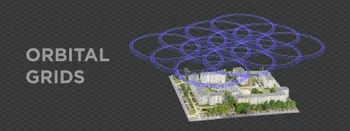Surveying Trends in the Mining Sector

The quickly evolving innovations in the geomatics sector are bringing previously unforeseen possibilities that will provide a major boost to mine surveyors and the whole industry. Surveyors fulfill an essential role since they provide indispensable information to all the other mining disciplines. Surveying trends suggest better efficiency and safety for the future.
While basic principles of surveying may have remained unchanged throughout the ages, the instruments have not. General technologies in mine surveying today include terrestrial laser scanning, lidar, airborne photogrammetry, drones. Let’s talk about the latest surveying solutions in the mining industry.
Terrestrial laser 3D scanning
Surveying in the mining industry, both in open-pit and underground mines, often goes hand in hand with terrestrial laser scanning (TLS), which is deployed to verify the spatial changes of mining works. Thanks to its high point density and high accuracy, TLS is a very suitable surveying technique for monitoring movements and deformations.
In mining specifically, terrestrial laser scanning has the potential to be used for a wide range of applications: monitoring and documenting the progress of underground mining works, assessing the stability and in turn worker health & safety at mining sites, monitoring deformation and convergence, calculating volumes, providing supplementary evidence (in the case of accidents or damage) and so on.
Airborne 3D and portable laser scanning
Another method of capturing the mining environment – airborne laser scanning. It offers great opportunities for the mining sector, as it is able to acquire millions of points per square kilometer.
A more recent trend is the use of portable laser scanners, which are particularly eligible for the challenging mining environment. Handheld laser scanning is an ideal solution thanks to its ease of use, and some lightweight and compact scanners can also be mounted on mobile platforms.
Drones and photogrammetry
A growing number of mining companies are working with UAVs. These are equipped with digital cameras to provide high-resolution aerial imagery, which is then further processed to produce highly precise orthophotos, point clouds and 3D models. Drones can also play a role in improving the safety of workers underground by providing information about the above-ground situation. Surveying trends predict drones to be indispensable tools in the mining industry.
Drones are an indissoluble part of photogrammetry. Therefore, photogrammetry is a software that recreates a precise object 3D model by performing photogrammetric processing of digital images.
Related Blog Posts
Our Related Posts
All of our tools and technologies are designed, modified and updated keeping your needs in mind

Where do we use Photogrammetry? A list of 3D scanning use cases.
Photogrammetry has revolutionized numerous industries by transforming real world scenes into 3D models, using only simple photographs and processing algorithms.

Most Asked Questions - Pixpro Waypoints
We have been receiving a lot of questions about our waypoint service. Pixpro Waypoints allow users to use the latest DJI drones for automated photogrammetry scans.

Multiple Overlapping Orbits - Pixpro Waypoints
Orbital flights are an effective and straightforward way of obtaining good-quality scans of isolated or more homogenous objects. However, if we overlap many orbits side by side, it becomes just as efficient in capturing oblique data for quite large, multifaceted areas.
Ready to get started with your project?
You can choose from our three different plans or ask for a custom solution where you can process as many photos as you like!
Free 14-day trial. Cancel any time.
Welcome to Pixpro
Sign in
And access your account.
.svg@webp)